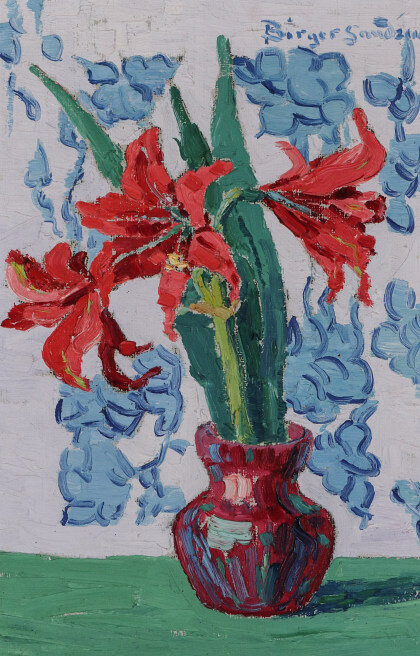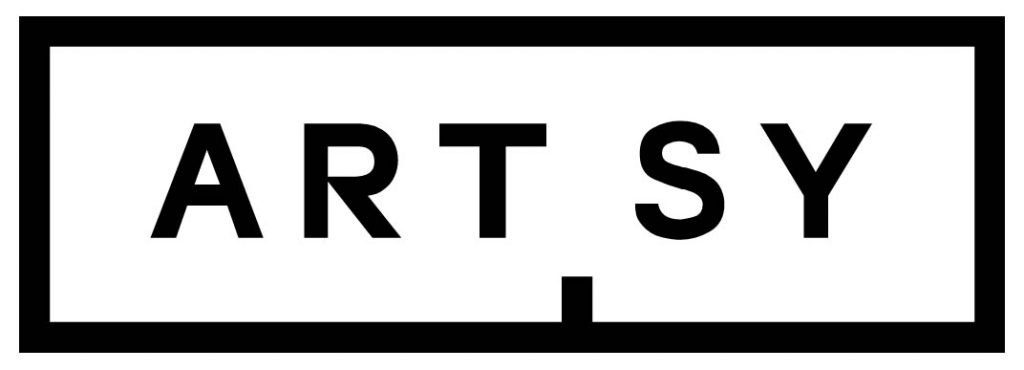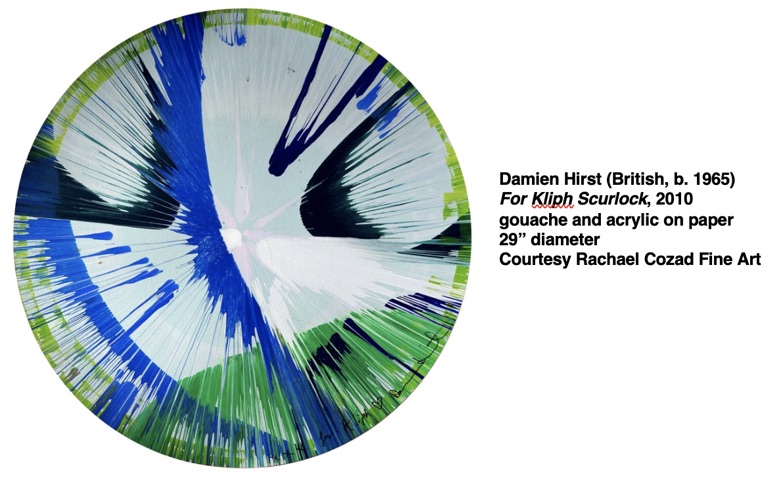Practical Advice on Maximizing Value and Avoiding Loss (Part 1 of 3)
by Rachael Blackburn Cozad
Buying fine art at the higher end of the market requires knowledge, sound judgment, and a certain amount of finesse My tips below can help avoid some common problems.
To ensure peace of mind, I always recommend people first and foremost buy what they love...but do a little homework first! Like all markets, the art market goes up and down, and currently, the market for contemporary artwork (roughly defined as art created after 1970) is flourishing and full of opportunities for those collectors who are willing to invest in emerging artists. The market for work by female artists and African-American artists of top quality is also experiencing what might be deemed long-overdue and explosive growth. The market for Modern art, American art, and European art is also robust, especially for certain artists and movements within those categories. Keep in mind as well, there are always opportunities to buy below-market in areas currently out of favor, especially if you fancy the idea of the long game.
What to Look For?
Today's collectors have many options, as good artwork is available at a wide range of price-points, at brick-and-mortar galleries, through live and online auctions, through private art dealers, and at a plethora of worldwide art fairs.
With galleries and private dealers, it is a good idea to look at how long the firm has been in business and for evidence of membership in professional, scholarly organizations. Sales of fine art should be based on quality versus value. Warning signs include sales based on a price reduction or anyone who promises instant return on investment. A property should be presented with a clear understanding of what the item is and where it came from, and generally follow guidelines set for “Getty Object ID.”
For example, a wall label or informational sheet accompanying a large-scale hand-made silkscreen by the contemporary artist Chuck Close should include the following basic information:
Other information presented to prospective buyers can include:
Provenance: This is a detailed history of the object’s ownership from the date of creation forward. It is not always relevant for primary market sales (the first time an item is sold) but is mandatory for works changing hands for the second time, or more, on what is referred to as the secondary market. Solid provenance information is often required to trace the item back to the artist as its creator and can also stand in for proof of authenticity.
Exhibition History: A work of art with age and history may well have been publicly exhibited at a museum or gallery, which often will add depth to both its historical and monetary value. An exhibition history should list exhibition titles, dates, venues, and reference any accompanying publications and scholars involved.
Bibliography: If the work has been discussed or reproduced in any book or periodical it should be included in the historical record.
Catalogue Raisonné: If the artist is very established and notable, there is often a definitive reference book called a Catalogue Raisonné, which is a complete listing of every work of art created by, and attributed to the artist. At the highest ends of the markets, a work of art must be included in the artist’s Catalogue Raisonné to be accepted as authentic. If such a publication does not yet exist but is in-progress, a letter from the scholar of record will serve as a stand-in.
Artist’s Biographies. Dealers should also have available a complete CV or biography of the artist. Artist’s biographies should be factual versus flowery and should include the artist’s full name, nationality, and year of birth (and death, if applicable). The only exception to this might be in the case of a living artist when the year of birth may not be critical for identification purposes.
The artist’s credentials should include where the artist was formally trained or studied, and any degrees obtained such as B.A. and M.A. or M.F.A. It should also include a list of exhibitions, awards, notable lifetime events, important stylistic associations, as well as public and notable collections in which the artist’s works are included.
What to avoid?
Good art sells itself. Avoid Marketing. In contrast to the above, avoid artwork accompanied by marketing materials, versus informational materials. Information includes factual biographical material on the artist and the object and its process of creation. Marketing includes non-factual, subjective descriptions of the artist, object, and process. Glamorous headshots of the artist and large flourishing signatures are marketing tools and have nothing to do with good art. Featuring the artist over the art is a red flag, particularly when the artist is alive and actively producing. Heavy marketing efforts featuring the artist are a sign of an overly aggressive primary market, likely not supported by a secondary market for future resale of the item.
Remember:As in most situations, if the purchase seems too good to be true, it probably is.
Here are a few other things to avoid:
Instant Return. Avoid any dealers or arrangements that promise an instant return on investment or sales offers that are already accompanied by “appraisals.” (The Uniform Standards of Professional Appraisal Professional Appraisal Practice, or, USPAP, no longer recognizes appraisals offered by the seller of a work of art.)
Art on Sale. There are few reasons why art should ever be “on sale,” or marked down in some way. Discounts, on the other hand, are a sign of healthy market competition and most dealers will offer something when asked, especially to returning clients. Exceptions (when no discount is possible) may occur when an artist’s work is highly sought after, and production cannot keep up with demand. There are indeed times when collectors simply must wait for something to come available by a given artist.
Legal Concerns
Make yourself aware of the standard language for bills of sale and insurance policies, as there are many legal issues involved in the process of buying and selling art. Today’s art-related lawsuits include a broad range of concerns such as authenticity, legal ownership, theft, damage, valuation, taxes, and issues of provenance and repatriation of antiquities. At the very highest end of the market there is Art Title Insurance in response to, and to assist with, the risk involved in collecting. (Art Law, Volumes I and II, by Lerner and Breseler, is a definitive resource.)
In Part 2 of this newsletter (upcoming), we'll explore terminology for buying prints and other multiples, and today’s specific venues and markets for buying and selling art.






